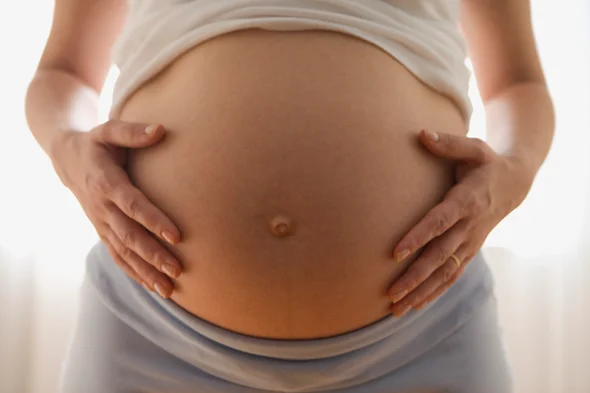Featured Articles
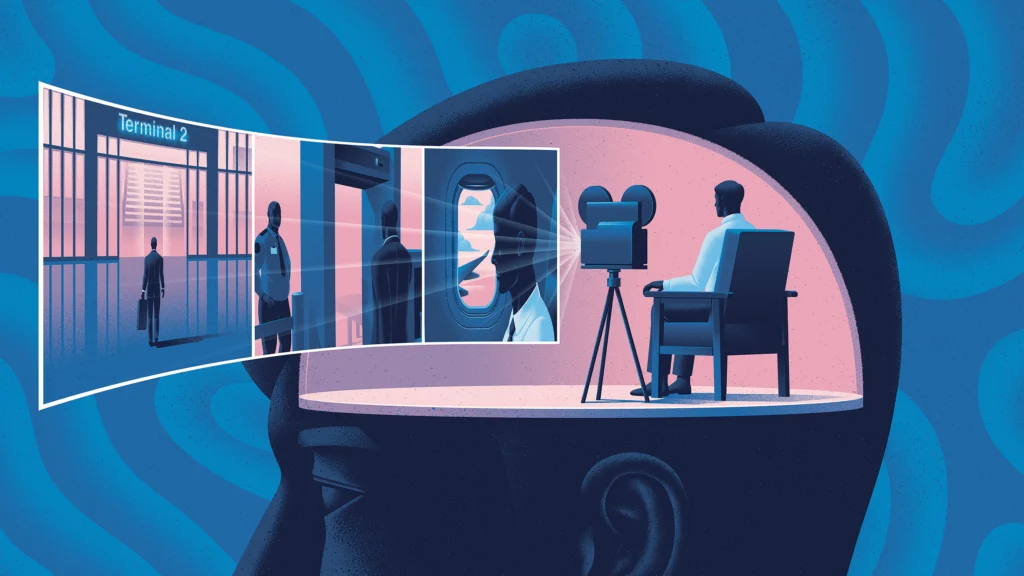
How ‘Event Scripts’ Structure Our Personal Memories
By screening films in a brain scanner, neuroscientists discovered a rich library of neural scripts — from a trip through an airport to a marriage proposal — that form scaffolds for memories of our experiences. (Quanta Magazine, February 2025)
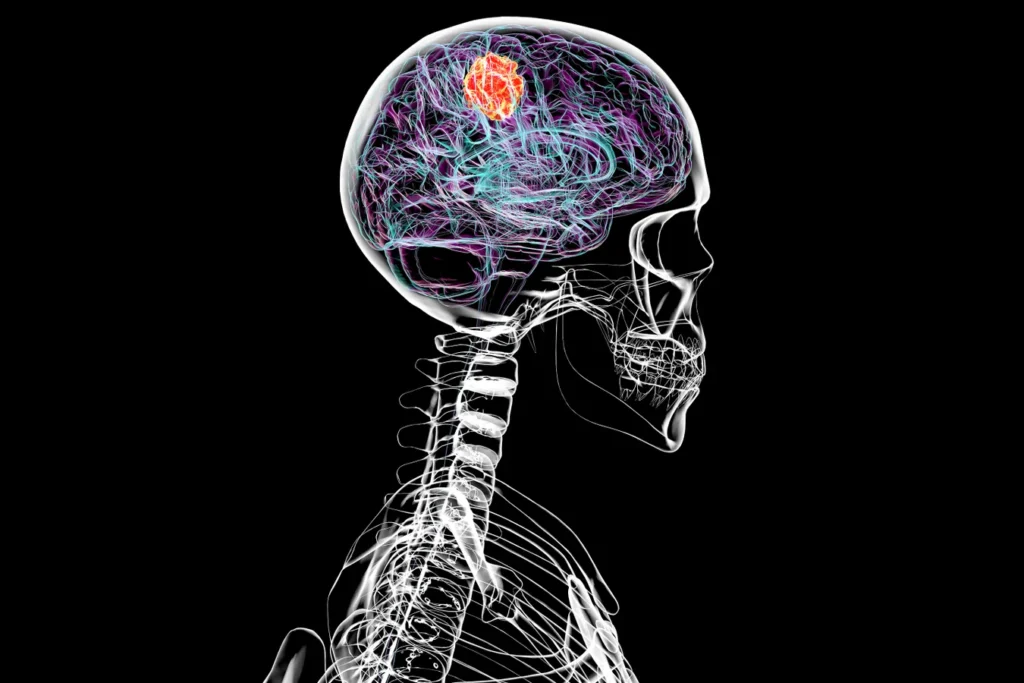
Kateryna Kon/Science Photo Library/Getty Images
Tumors Hijack the Nervous System to Fuel Their Own Growth
Interrupting signals exchanged between tumors and the nervous system could become a critical pillar of cancer care (Scientific American, February 2025)
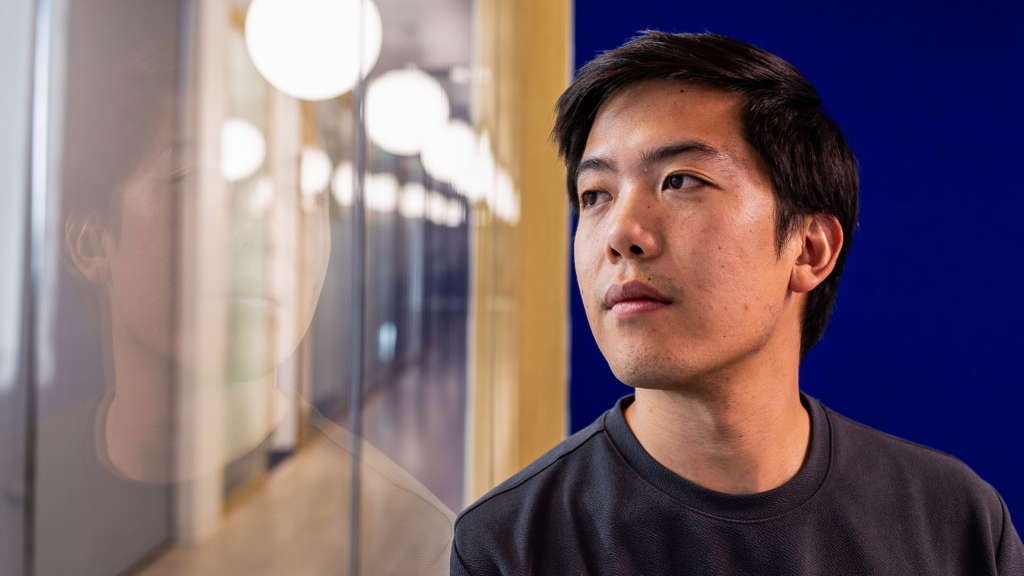
The Poetry Fan Who Taught an LLM to Read and Write DNA
By treating DNA as a language, Brian Hie’s “ChatGPT for genomes” could pick up patterns that humans can’t see, accelerating biological design (Quanta Magazine, February 2025)

Shiiko Alexander/Alamy Stock Photo
AI Analysis of Body Camera Videos Offers a Data-Driven Approach to Police Reform
Examining body camera videos at scale reveals racial differences in how police treat drivers during traffic stops—and what corrective programs really work (Scientific American, November 2024)
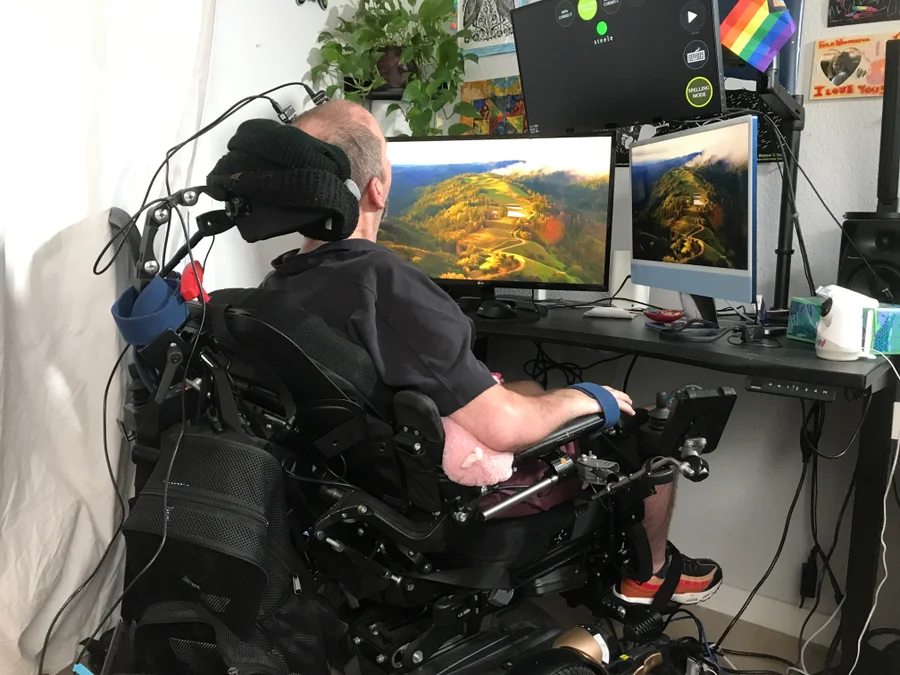
Brain-to-Speech Tech Good Enough for Everyday Use Debuts in a Man with ALS
A highly robust brain-computer interface boasts low error rates and a durability that allows a user to talk all day long (Scientific American, August 2024)

Will implants that meld minds with machines enhance human abilities?
Devices that let people with paralysis walk and talk are rapidly improving. Some see a future in which we alter memories and download skills – but major challenges remain (New Scientist, July 2024)
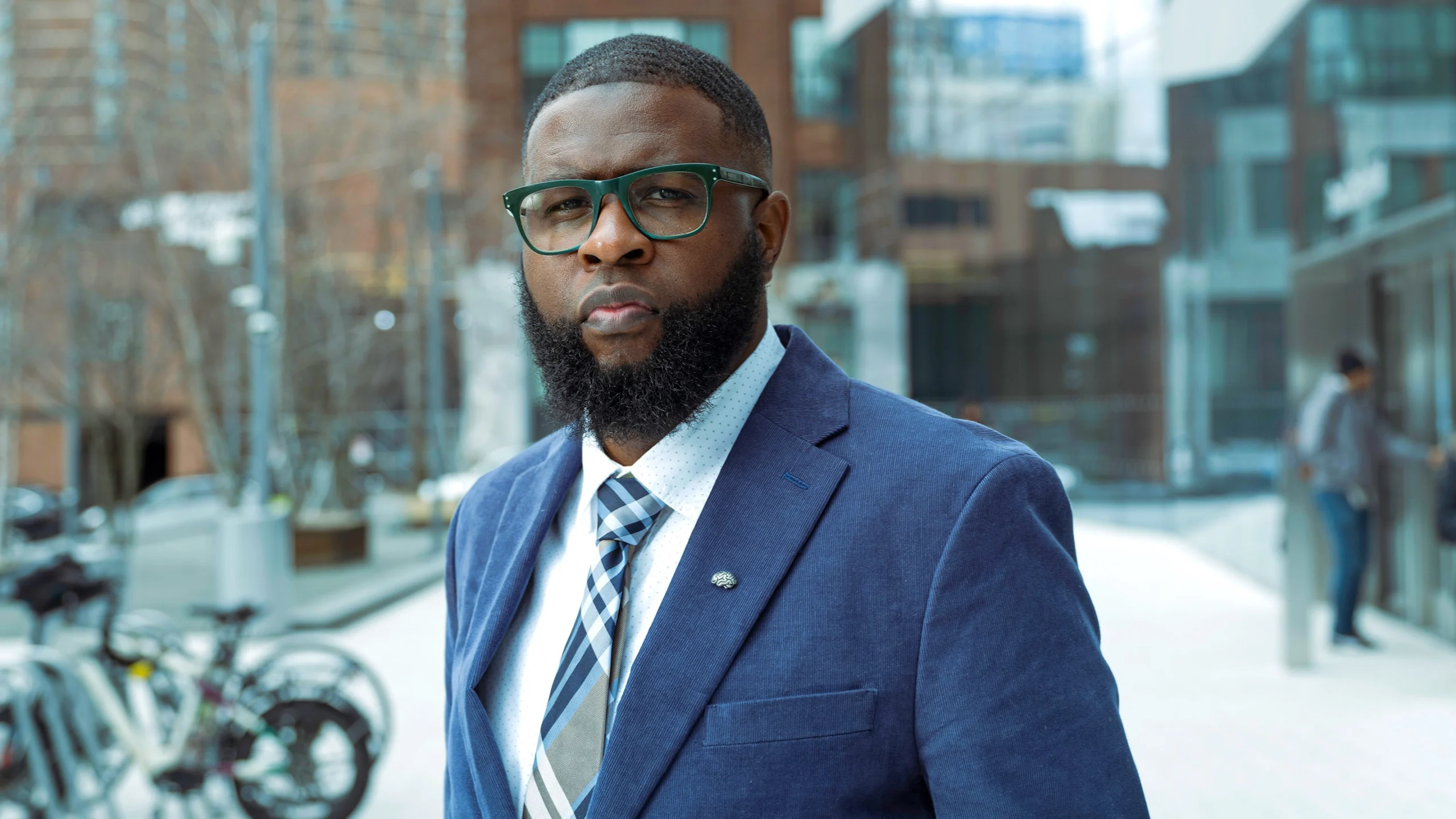
Pleasure or Pain? He Maps the Neural Circuits that Decide.
The work of the neuroscientist Ishmail Abdus-Saboor has opened up a world of insights into precisely how much pleasure and pain animals experience during different forms of touch. (Quanta Magazine, April 2024)

How Animal Brains Tell Friends from Strangers
A small section of the mouse brain’s hippocampus uses specific neural codes to denote social familiarity and identity (Scientific American, March 2024)
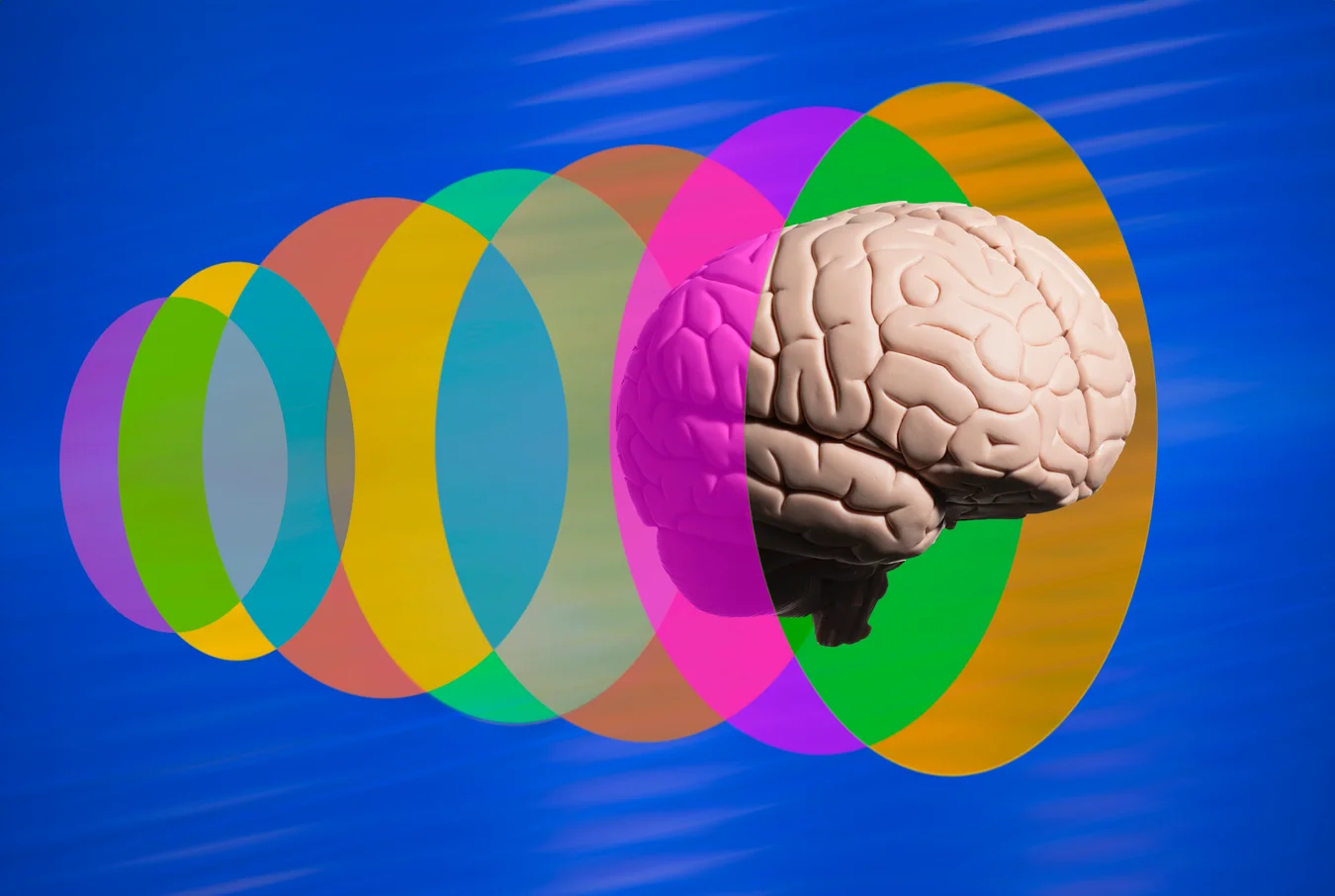
PM Images/Getty Images
Why Do So Many Mental Illnesses Overlap?
A concept called the “p factor” attempts to explain why psychiatric disorders cannot be clearly separated (Scientific American, March 2024)
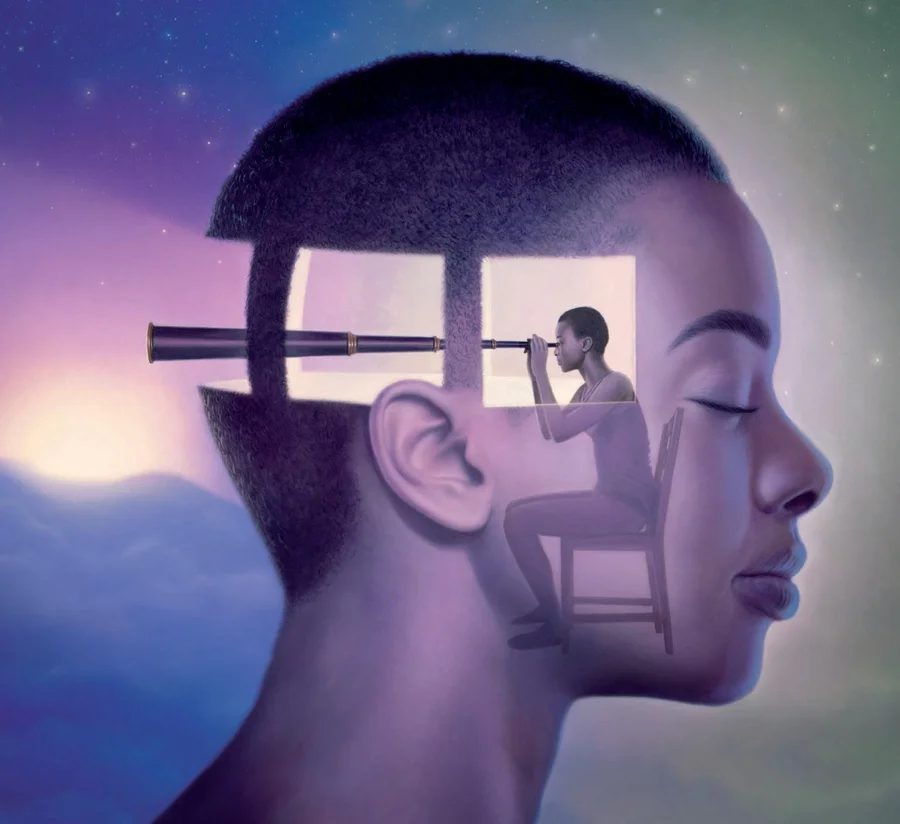
How Sleep Engineering Could Help Heal the Brain
Stimulating the sleeping brain may ease suffering from memory loss, stroke or mental health problems (Scientific American, March 2024)
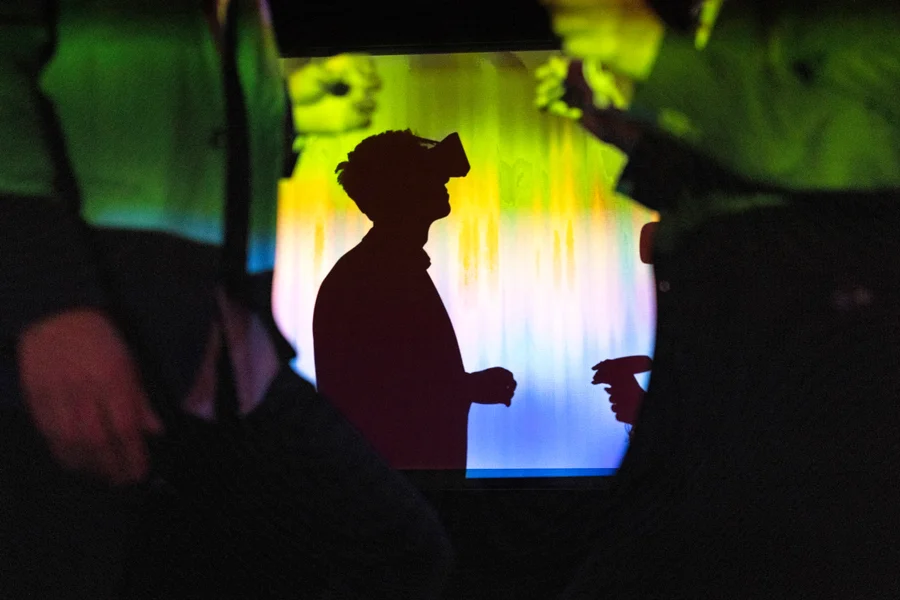
Virtual Bar Scenes Are a New Tool to Study Why People Commit Crimes in the Heat of the Moment
Virtual-reality could assist researchers in decoding how emotions spur a decision to commit a crime
Scientific American February 2024

A Newly Discovered Brain Signal Marks Recovery from Depression
Implanted electrodes pick up a pattern of brain waves that can signal the presence or absence of depression and perhaps predict its relapse (Scientific American)
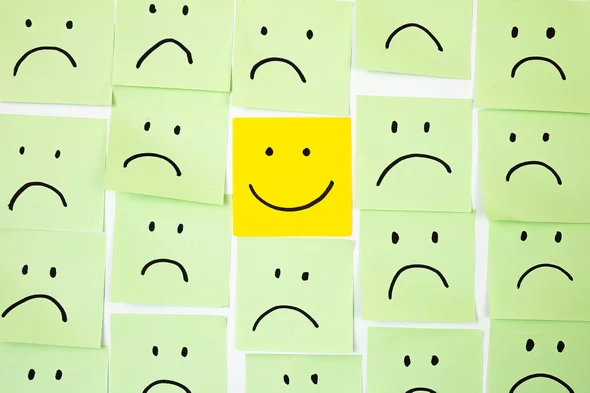
Suppressing an Onrush of Toxic Thoughts Might Improve Your Mental Health
Counter to the conventional wisdom, suppression of distressing thoughts could be an invaluable addition in treating depression, anxiety and trauma (Scientific American)

As states relax their laws on cannabis, neuroscientist Yasmin Hurd is warning about the drug’s dangers for the developing brain
(Science)

Where Imagination Lives in Your Brain The ability to conjure up possible futures or alternative realities is the flip side of memory. Both faculties cohabit in the brain region called the hippocampus (Scientific American)

Here’s How to Use Drams for Creative InspirationChanneling Thomas Edison and Salvador Dalí, researchers show that shaping dream imagery could spark creative ideas to target a specific problem (Scientific American)
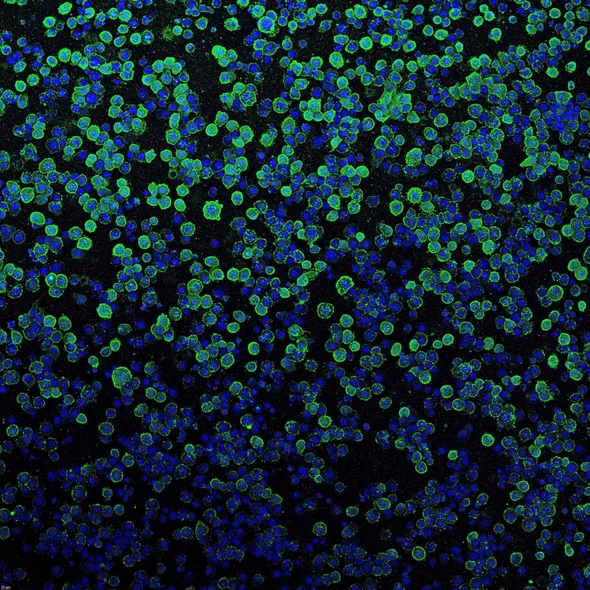
Bacterial ‘Nanosyringe’ could deliver gene therapy to human cells. This novel injection system could help advance gene therapy by nimbly inserting gene-editing enzymes into a variety of cell types (Scientific American)

Vitamin D Supplements Probably Won’t Prevent Mental Illness After All. Despite the stream of “good news” about vitamin D, the supplement’s prospects to prevent mental health disorders in adults remain dim (Scientific American)

Humans Can Correctly Guess the Meaning of Chimp Gestures. A new finding that humans can correctly interpret the gestures of chimps and bonobos adds togrowing research that suggests that human language may have evolved from a dictionary of hand and body signals (Scientific American)

Subliminal Cues, Precisely Timed, Might Help People Forget Bad Experiences. Suppressing memories using an “amnesic shadow” could someday lead to a gentler therapy for post-traumatic stress disorder (Scientific American)
Pregnancy Changes the Brain, Possibly Promoting Bonding with a Baby A woman during pregnancy shows changes in a key brain network that may be important for bonding with their child (Scientific American)

Is a Diagnostic Test to Blame for Why We Know So Little about Autism in Girls? A standard diagnostic test may be one reason autism research includes so few female participants (Scientific American)
How to Stop Unwanted Thoughts Suppressing the flow of unwanted thoughts is possible and can help people cope with difficult memories (Scientific American)
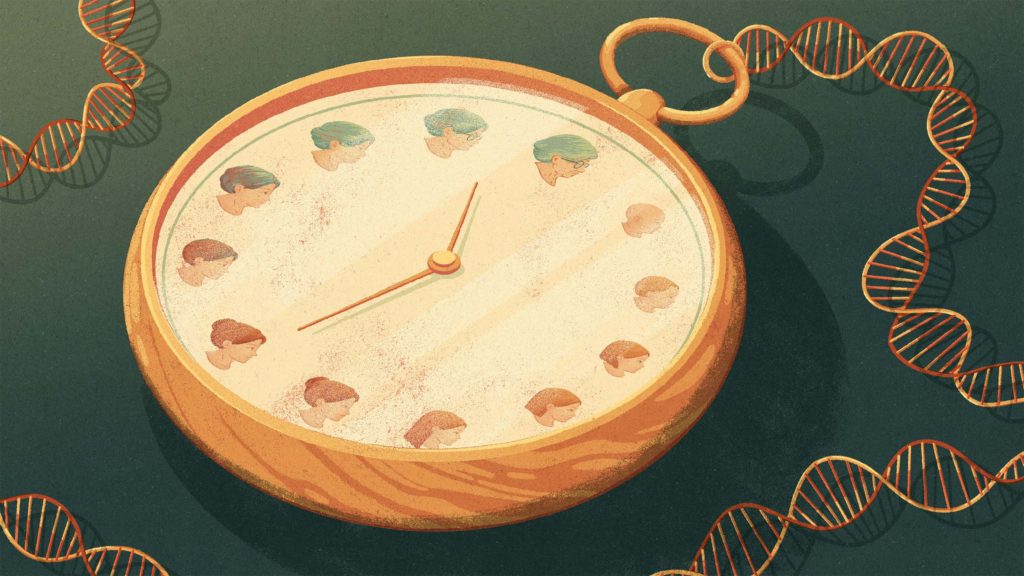
Epigenetic ‘Clocks’ Predict Animals’ True Biological Age A statistical analysis of chemical tags on DNA may help unify disparate theories of aging (Quanta Magazine)

Newfound Brain Switch Labels Experiences as Good or Bad A molecule tells the brain whether to put a positive or negative spin on events. Mental disorders may result when the up/down labeling goes awry (Scientific American)

A Natural Disaster Made Monkeys Age Faster A large colony may provide clues about the biology of traumatic stress resulting from climate change and war (Scientific American)
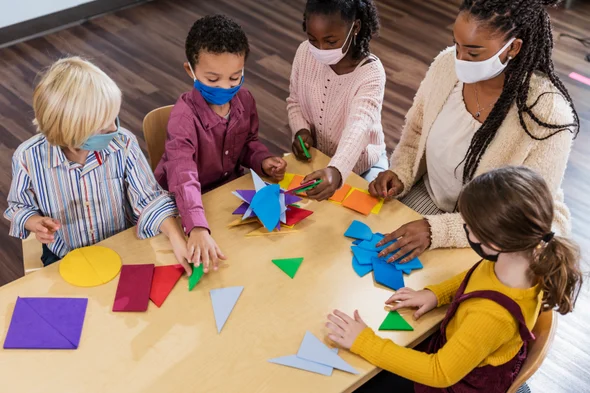
When Should COVID School Restrictions Lift? Intense Debates Persist Opinion among physicians and scientists still ranges widely on how quickly to proceed (Scientific American)

Rebooting Becky’s Brain: An electrical brain implant all but erased the obsessions that had consumed Becky Audette, years after her autism diagnosis. Could similar implants help other people with severe autism? (Spectrum)
It’s 7 p.m. on a Friday and Rebecca ‘Becky’ Audette is already in bed, tucked under a polka-dotted lavender comforter. Dark purple velour curtains with butterfly ties hang over the lavender walls of her bedroom.
Purple has been Becky’s favorite color since she was a toddler, before she was diagnosed with autism at age 7. Now the young woman functions at about the level of a 4-year-old… read more

Trying to Forget: The ability to let go of thoughts and remembrances supports a sound state of mind, a sharp intellect — and even superior memory. (Scientific American Mind)
Solomon Shereshevsky could recite entire speeches, word for word, after hearing them once. In minutes, he memorized complex math formulas, passages in foreign languages and tables consisting of 50 numbers or nonsense syllables. The traces of these sequences were so durably etched in his brain that he could reproduce them years later…read more
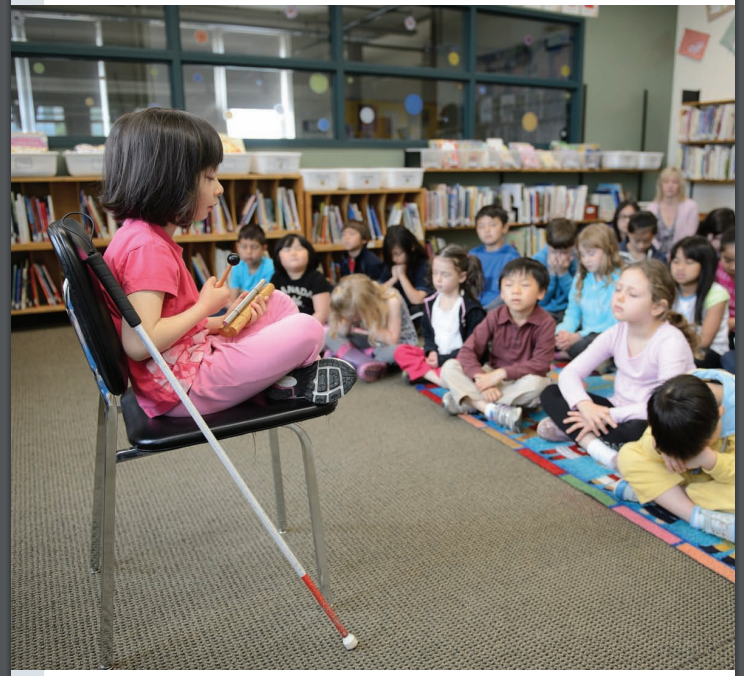
The Education of Character: Scientists, politicians and celebrities are remaking schools as gyms for the brain where teachers build the mental brawn for attention, perseverance and emotional control (Scientific American Mind).
A tiny dark-haired girl bedecked in a brown dress with a crinoline skirt sits calmly on the rug in front of her class of fellow kindergartners; her pink boots, dotted with sparkles, are tucked neatly under her legs. Wielding a small metal rod, she taps on a triangular chime. At the tone, her classmates clasp their hands together like a cup, with the back of one hand in the palm of the other, close their eyes, fall silent, and proceed to say and do apparently nothing…read more

I Do Not Feel Your Pain: Researchers are unraveling why some people are more sensitive to pain than others. Their efforts could lead to more accurate diagnoses, better pain prevention and safer, more powerful painkillers (Scientific American Mind).
One day as a child Billy Smith (not his real name), a resident of Newfoundland, could not take off his shoe. No amount of twisting or tugging would loosen its grip on his foot. The reason for his struggle eventually surfaced: a nail had pierced the sole and entered Smith’s flesh, tightly binding the two. Removing the nail freed the foot, but solving that problem only underscored a bigger one: Smith had not noticed…read more
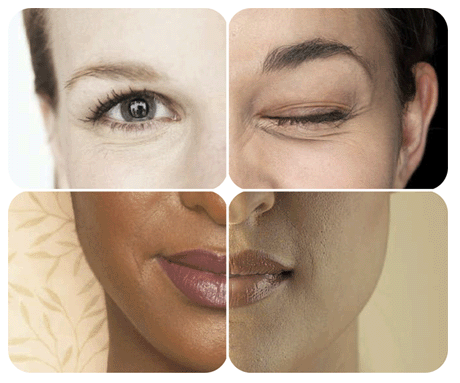
A Healthy Tan? (Science) A dark natural tan offers unparalleled protection against skin cancer. So scientists are developing compounds that trigger tanning without the sun’s damaging effects…read more
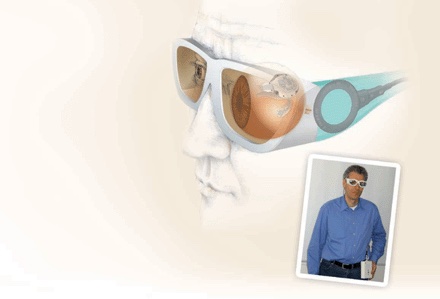
A Vision for the Blind (Science) Early-stage artificial “eyes” are competing in the clinic, giving blind volunteers a glimpse of the future…read more

Very Smart Fruit Flies Yield Clues to the Molecular Basis of Memory (The New York Times).
IN bottles lining a wall of a Long Island laboratory there are swarms of fruit flies with an unusual ability. They have been endowed with a gene that gives them photographic memory. In bottles nearby are their less fortunate cousins, genetically engineered for forgetfulness…read more
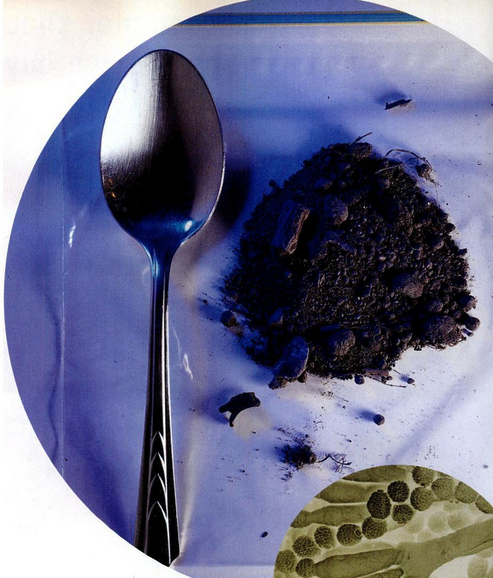

Targeting the tolls (Science) On the front lines of the body’s defense against microbes, toll-like receptors are choice targets for drugs to combat infectious diseases and inflammation…read more
